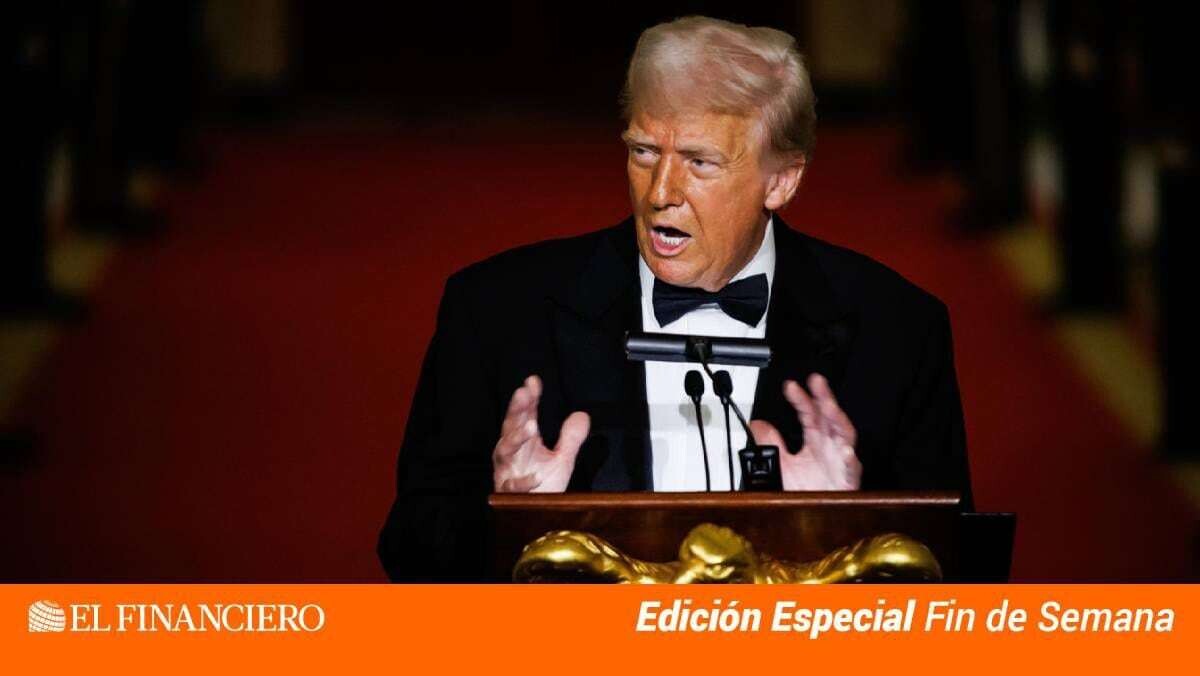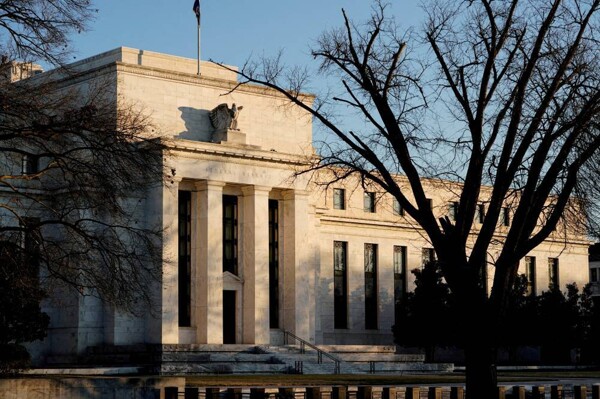
Donald Trump is known for his aggressive and media-oriented style in negotiations. One of his strategies is to exert psychological pressure to steer negotiations in the direction he desires. For example, he has insisted that American companies repatriate their production, threatening high tariffs for those operating abroad.
Another key point in his strategy is the manipulation of public opinion with shocking messages. Adapting communication to sell the idea of victory can be crucial to unlocking negotiations. Additionally, exploring alternatives and building coalitions is essential, as facing Trump alone can be challenging.
When negotiating with Trump, it is essential to set clear but adaptable goals. Maintaining a firm attitude and showing confidence creates the perception of superiority. Generating pressure and creating urgency, as well as using public opinion as a tool of pressure, are tactics that Trump employs to force concessions.
Presenting proposals that reinforce his image of success is another effective strategy in negotiations with Trump. Designing agreements where he can proclaim himself the winner facilitates reaching consensus. Moreover, it is important to remember that Trump always seeks a winning position and avoids agreements that make him look weak.
In his best-known book, 'The Art of the Deal,' Trump lays out the principles that govern his approach to negotiating, both in business and in politics. His aggressive style, based on pressure, uncertainty, and the perception of strength, has been evident in his early months as President of the United States.
Negotiating with Trump involves understanding his aggressive and media-oriented style, adapting to his approach while maintaining firmness and flexibility, and always seeking to maximize opportunities in commercial and political agreements. His strategy of asking more than expected and then negotiating from a position of advantage has been a constant in his management.
In summary, negotiating with Trump requires strategy, adaptation, and anticipation. Staying calm, identifying his real limits, and seeking a winning position are some of the keys to achieving favorable results in negotiations with this very singular individual.













